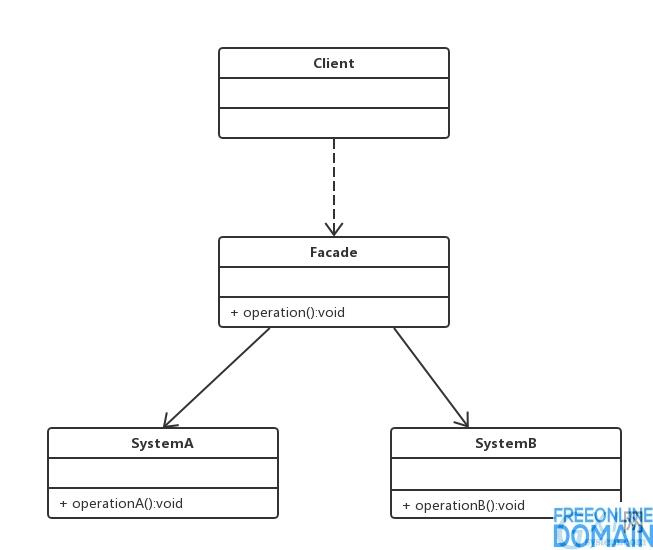
The Facade Pattern in laravel framework means that the communication between the outside and a subsystem must be conducted through a unified facade object, which provides a consistent interface for a group of interfaces in the subsystem. The facade pattern defines a high-level interface, which makes the subsystem easier to use. Appearance mode, also known as facade mode, is an object structure mode. The Facade we often use in Laravel Redis the concrete realization of appearance pattern. In Laravel, several appearance classes are designed, and each appearance class inherits from a unified abstract appearance class, which provides a basic method to access the subsystems behind it through appearance classes.
For the new business requirements, instead of modifying the original appearance class, a new concrete appearance class should be added, and the new concrete appearance class should be used to associate new subsystem objects. At the same time, the configuration file can be modified to achieve the purpose of replacing the appearance class without modifying the source code.
The following is an example of a simple appearance pattern, without introducing abstract appearance classes. In the article introducing Laravel Facade, we will see that Laravel provides an abstract appearance class, so that we can easily add the appearance classes of new subsystems as needed, and make the appearance classes proxy to its corresponding subsystems (or services) correctly.
Pattern structure appearance pattern includes the following roles:
Facade appearance role
SubSystem subsystem role

Code example
Copyright Description:No reproduction without permission。

Knowledge sharing community for developers。
Let more developers benefit from it。
Help developers share knowledge through the Internet。
Follow us